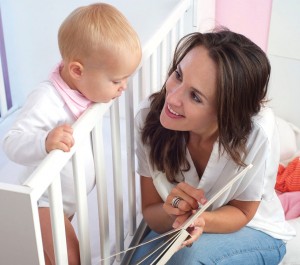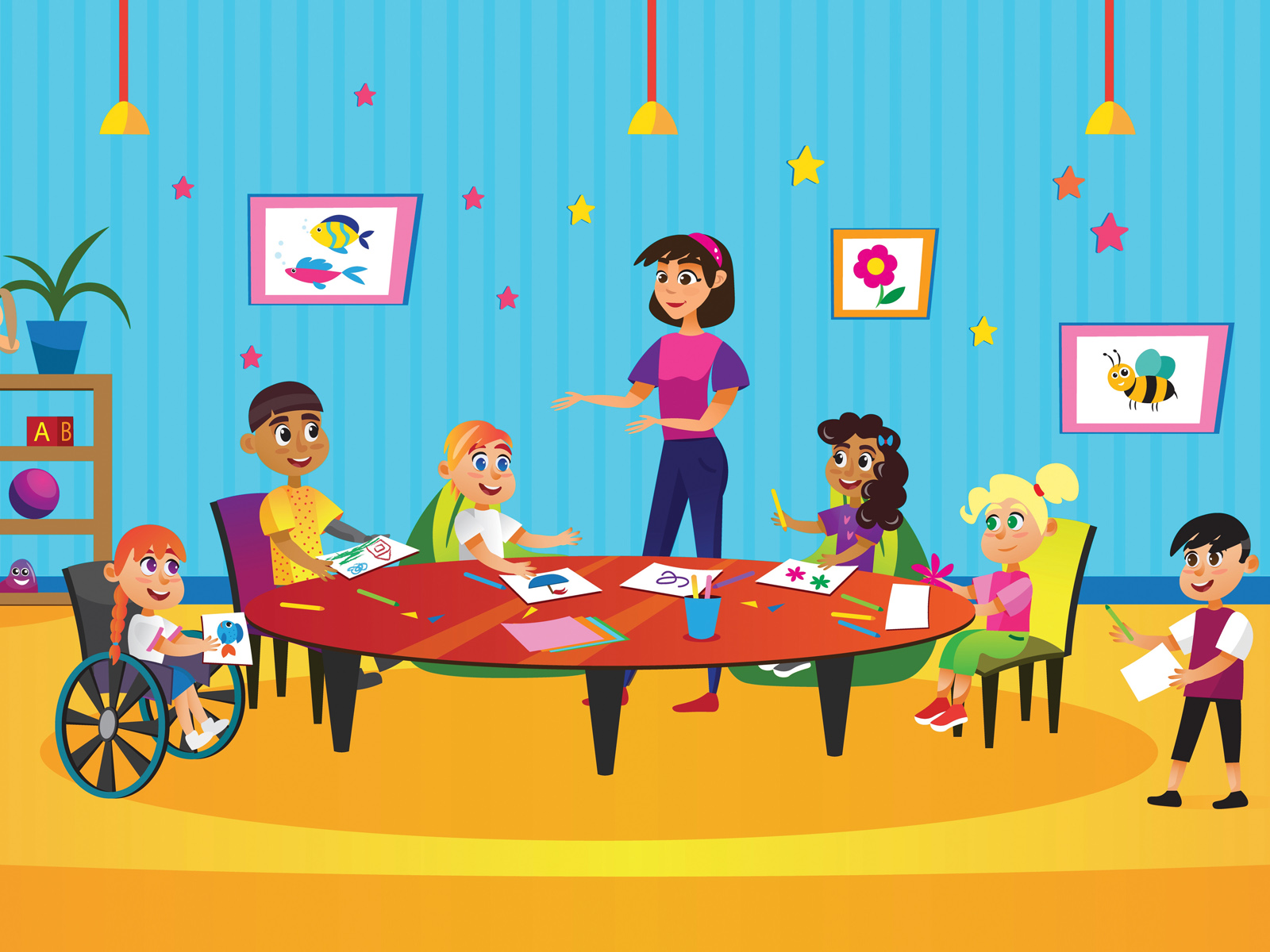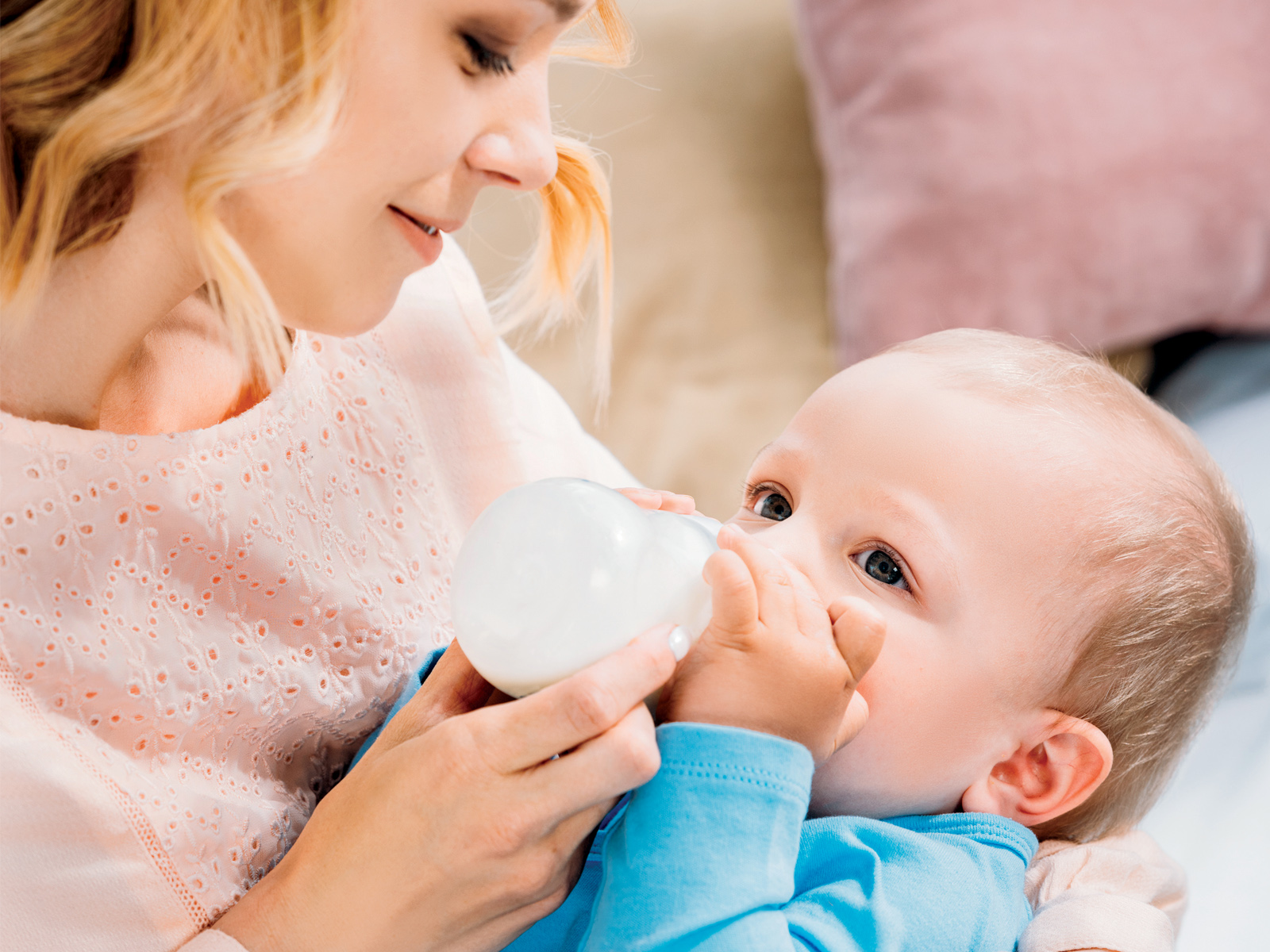A delicate balance
A young mother recently told me that her four-month-old son was now sleeping in his own crib in his own room instead of in a bassinette in her room. She said this with both relief and a bit of sadness.
By Audrey Krisbergh
A mother of a kindergartner told me about her feelings as her daughter entered school this fall; how watching her daughter get on the bus by herself on the first morning pulled at her heartstrings. She described a sense of pride in her daughter’s accomplishment and maturity, and also a sense of loss and loneliness as she turned to go back to her empty house.
A parent of a sixth grader mentioned how often his daughter wants to be with friends rather than with the family. He felt unsure whether to allow this—he was pleased that she has friends that she cares about and who care about her, but he was concerned that she might lose sight of the importance of family in her life.
Despite the excitement and the growth that they see, the parent in each of these situations asks the same questions: “Where did my baby go?” “How did the time pass so quickly?” “How independent do I allow or want my child to become?” Transition times often prompt parents to think about their children growing up and moving on.
One of the constant struggles parents experience as they watch their children grow is in forging a healthy balance between letting their kids move into the broader world and finding ways to stay connected to them.
Be aware and accept your feelings
As your children grow, they might need you less. Many want to become increasingly independent, beginning with the newborn who starts to sleep in his own room, all the way to the teen going off to college and of course even beyond that. This can create conflicting emotions in parents.
Part of your job as a mom or dad is to form a strong emotional bond with your children. This can make allowing—and even encouraging—separation to seem unnatural and contrary to what a “good parent” should be doing.
with your children. This can make allowing—and even encouraging—separation to seem unnatural and contrary to what a “good parent” should be doing.
Parents often feel an ache and an emptiness about not being needed as strongly as when their children were young. The path you are on is often bittersweet. When your children are newborns, you are totally committed to your helpless little infants; you are fully devoted to them and immersed in their care. But you do all of this so that gradually, little step by little step, they will develop the confidence to travel their own path. The truth is that the healthy outcome of your caring and focus is that your kids will eventually leave you.
Helping your children find independence is one of the most difficult things that a parent must do. Being aware of the struggle and knowing you are not alone in having these feelings can help you to make the choices that are best for your children. You will then be able to encourage them to spread their wings and become self-assured and independent.
Become educated
When considering this balancing act, think about what your children need to be doing in order to optimize their growth and development. It is often difficult for parents to know how much to let go and how much to hold on. However, an understanding of child development in general, paired with your knowledge of your own child’s temperament, can help you decide.
Developmentally, children move in and out of periods of attachment and clinginess to you; times of social growth, when they prefer to be doing things with their peers, and times when they need more solitude. School-age children need to master social skills so that they can successfully maneuver through their peer group. Teens need to separate from their parents and attach to those of their own age in order to develop a sense of identity and their own values. It helps to be aware of these cycles and to be respectful of your children’s needs as they arise, knowing it’s not just “them” acting this way.
For example, the father of the sixth grader might be reassured to know that one of the tasks of a child of that age is to learn about social relationships with peers. With this knowledge, it will be easier for him not to take his daughter’s preference for her friends as a personal rejection or a negation of the value of family. She is simply doing her “job.” The father can honour his daughter’s need to perform this developmental task by giving her opportunities to socialize. He can also keep in mind that his job as a parent is to pass on his values to his children and to encourage an awareness of the importance of family.
Knowing, understanding and respecting your child’s temperament can also help you to make healthy decisions for your unique child. Some kids are considered “slow to warm” and more introverted; they might need more time to separate and enter new situations. Others are more adventurous and ready to move out on their own.
Clarify your values
The issue of letting go/holding on exists on a continuum. At one end of this spectrum is “over-involvement” or being enmeshed with your children; the children are given no autonomy or latitude, to the detriment of their development and future functioning. At the other end of the continuum is detachment and emotional distance, where the letting go becomes more an act of abandonment than healthy separation.
Parenting is a personal journey and, as such, there is no one correct point on this scale. Rather, each family must find its comfortable place between these two extremes, working consciously to avoid the outer limits. Cultural influences are strong here—some cultures admire and encourage independence, while others stress closeness and interdependence. Either can be healthy as long as parents avoid the extremes, so that children can feel autonomous and capable while finding ways to stay connected to their families.
So it is with the sixth grader’s need for sociability. One family might allow more time for peer interactions and may make fewer “family-time demands” on their preteen. Another set of parents might want more involvement in family activities and therefore put more limits on the adolescent’s time with peers. The goal is to find a healthy balance that allows the child both experiences and honours the parents’ values and needs.
Slowly let go
As children grow and move out into the wider world, they no longer need their parents to provide the same level of physical care. And as they show greater maturity and improved judgement, you can begin to slowly let out the reins. The parenting role can be expanded from that of caretaker and disciplinarian to one that includes a relationship with your children based on other factors—ones that will “keep them coming back for more.” Developing common interests is an effective way to maintain a bond between you and your children.
This issue of letting go/holding on is a theme that moms and dads will visit throughout their parenting journey, beginning with the baby moving to his own room and through to starting school and beyond. Children need to learn to be both independent and interdependent; parents can help their children do this by valuing both traits and by being mindful of balancing “letting go” and “staying connected” in their families.
Audrey Krisbergh is a certified parenting educator. She leads parent discussion groups, educational workshops, book discussion groups and training classes at the Center for Parenting Education, a non-profit that empowers parents by giving them the skills and knowledge to do the best job they can to raise their children. centerforparentingeducation.org.














